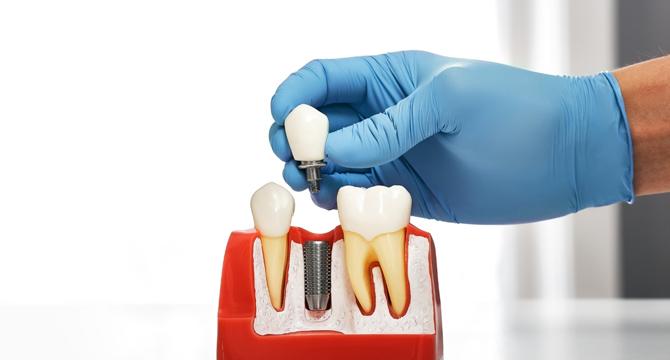Leadgrowdevelop
1w
286

Image Credit: Leadgrowdevelop
What Are the Essential Dental Tools for Implant Procedures?
- Dental implants are artificial roots placed in the jaw to provide support for a crown, bridge or denture.
- Digital X-rays and cone-beam computed tomography machines are used to view the patient’s mouth and create a 3D image to identify the optimal implant location.
- Bone calipers are used to assess the bone volume, ensuring the right size implant is used, and there’s enough support.
- Surgical instruments used during the procedure include motor-controlled implant handpieces with adjustable speeds and torque wrenches to apply the correct amount of force when inserting implants.
- Step-by-step drilling processes from smaller to larger surgical drills is important, and GDT Implants' range of high-quality surgical drills are both durable and precise.
- Periosteal elevators separate gum tissue from the bone while tissue punches create a circular opening, and GDT Implants' provide sharp, precise elevators and punches.
- Irrigation and suction systems are used to help maintain visibility and keep the surgical site clear to reduce the risk of complications.
- Healing abutments are attached to guide the gum tissue into the correct shape while the implant integrates with the bone, and sutures are used to close the surgical site.
- Post-surgical imaging tools, the same used during the planning stage, are used to monitor the healing process.
- GDT Implants provides high-quality tools, excellent customer service, and focuses on innovation, making it a reliable partner for dental implants tools.
Read Full Article
17 Likes
For uninterrupted reading, download the app